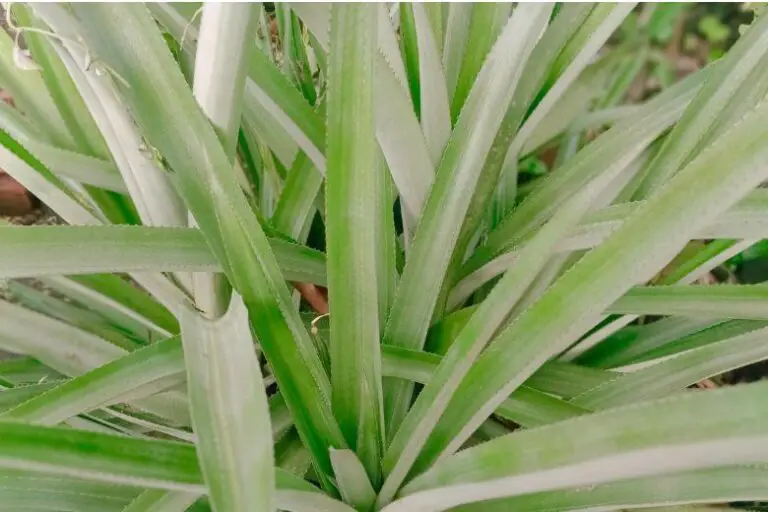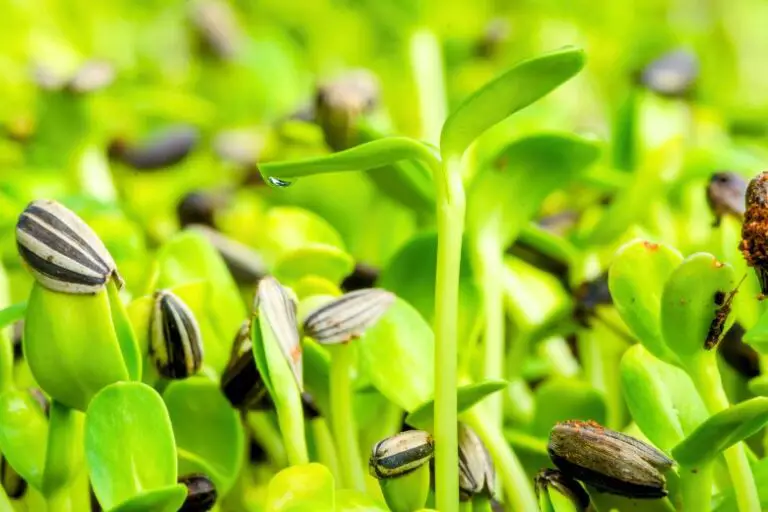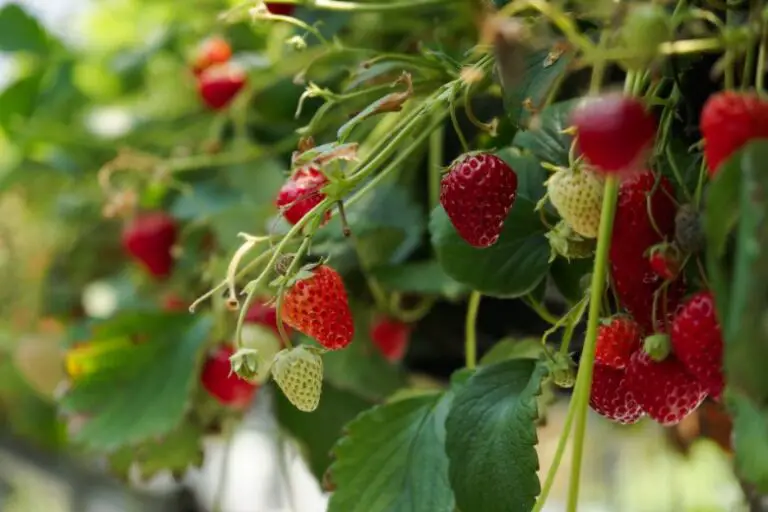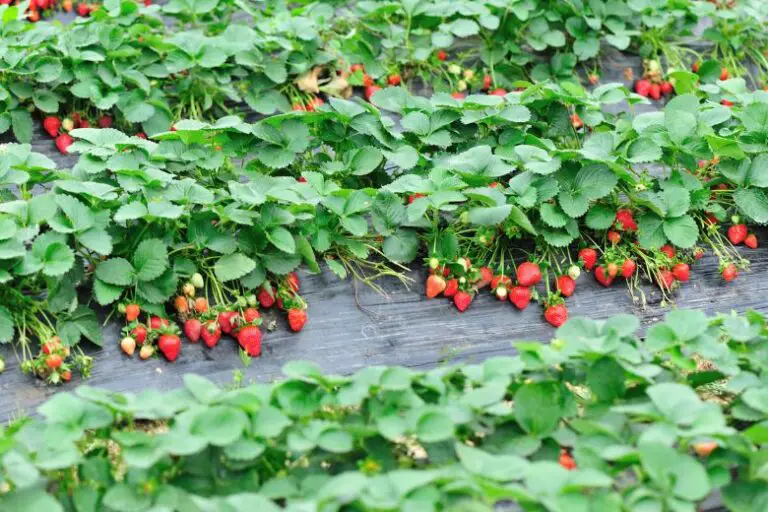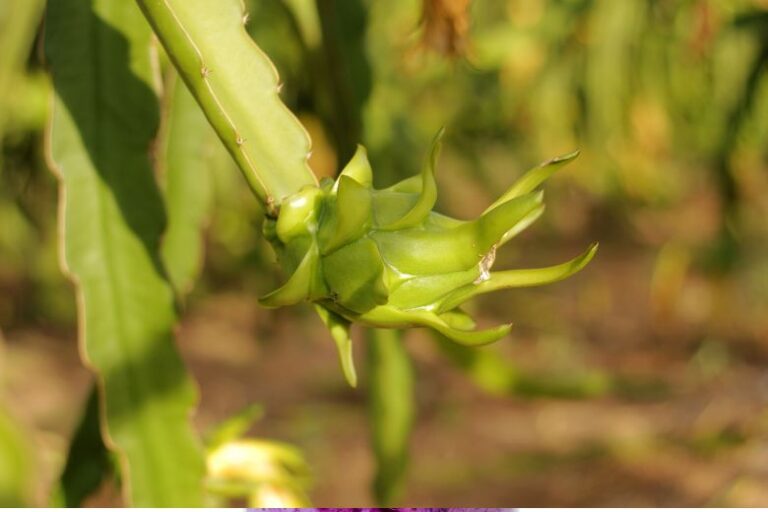How often should I water newly planted pine trees
Pine trees are majestic and resilient plants that can bring beauty and shade to any landscape. Whether you have recently planted a pine tree or are planning to do so, it is important to understand how often you should water them to ensure their healthy growth and survival. In this article, we will discuss the watering needs of newly planted pine trees and provide you with guidelines to help you establish an appropriate watering schedule.
Understanding the watering needs of newly planted pine trees
Proper watering is crucial during the establishment phase of newly planted pine trees. During this period, the tree’s root system is still developing, and it relies heavily on external water sources for its hydration. The goal is to provide enough water to keep the root zone moist without causing waterlogged conditions that can lead to root rot.
Factors influencing the watering frequency
Several factors come into play when determining how often you should water newly planted pine trees:
Type of pine tree
Different species of pine trees may have varying water requirements. Some pine trees, like the Eastern White Pine, prefer more moisture, while others, such as the Ponderosa Pine, are more drought-tolerant. It is essential to research the specific needs of the pine tree species you have planted.
Climate and weather conditions
The climate and weather conditions in your region play a significant role in determining the watering frequency. In hot and dry climates, pine trees may require more frequent watering compared to cooler and more humid regions.
Soil type and drainage
The soil type and drainage characteristics of your planting site are essential considerations. Well-draining soils allow excess water to move away from the root zone, preventing waterlogged conditions. Sandy soils drain quickly, requiring more frequent watering, while heavy clay soils retain moisture for longer periods.
Watering schedule for the first year
To help you establish an effective watering schedule for your newly planted pine trees, we have outlined a general guideline to follow:
Initial watering after planting
After planting a pine tree, it is crucial to provide a thorough initial watering to settle the soil and ensure good root-to-soil contact. This initial watering helps the tree establish itself and initiates the root growth process.
First few weeks: Frequent watering
During the first few weeks after planting, pine trees require frequent watering to support their root development. Water deeply, ensuring the entire root zone receives sufficient moisture. Aim for watering two to three times a week, depending on the weather conditions.
Transition period: Gradual reduction in watering frequency
As the pine tree’s root system establishes and becomes more self-sufficient, you can gradually reduce the watering frequency. Monitor the soil moisture and adjust accordingly, aiming to water deeply but less frequently. This gradual reduction encourages the tree to develop deeper roots, enhancing its ability to withstand drought conditions.
Established trees: Natural rainfall and occasional supplemental watering
Once the pine tree has become established, its water requirements will largely be met by natural rainfall. However, during extended periods of drought or extremely hot weather, supplemental watering may be necessary. Monitor the tree’s health and the moisture level of the soil to determine when additional watering is needed.
Signs of under-watering and over-watering
Understanding the signs of under-watering and over-watering is essential to ensure the health of your newly planted pine trees. Here are some indications to watch for:
- Under-watering: Wilting or drooping leaves, dry and brittle needles, stunted growth, and yellowing foliage can be signs of under-watering. The soil may also feel dry to the touch.
- Over-watering: Yellowing or browning of needles, mold or fungal growth on the bark or soil surface, and a foul odor may indicate over-watering. The soil may feel constantly saturated, and the tree’s growth may be stunted.
Watering techniques for pine trees
When watering pine trees, it is important to use appropriate techniques to ensure the water reaches the root zone effectively. Here are some key techniques to consider:
Deep watering
Rather than shallow, frequent watering, deep watering is preferred for pine trees. This method encourages the tree’s roots to grow deeper into the soil, making them more resilient to drought conditions. Water slowly and deeply, allowing the water to penetrate the soil and reach the root zone.
Watering the root zone
Focus your watering efforts on the area directly surrounding the tree’s root system. This is where the majority of the roots are located and where the tree will absorb water most efficiently. Avoid watering the trunk or foliage excessively, as this can promote disease and fungal issues.
Mulching to retain moisture
Applying a layer of organic mulch around the base of the pine tree can help retain moisture in the soil and reduce weed growth. Mulch acts as an insulator, keeping the root zone cool and conserving moisture. Apply a 2 to 4-inch layer of mulch, making sure to keep it a few inches away from the trunk to prevent rot.
Other considerations for healthy pine tree growth
In addition to proper watering, there are other factors to consider for the healthy growth of pine trees:
Fertilization
Applying a balanced fertilizer specifically formulated for trees can provide essential nutrients for pine tree growth. Follow the manufacturer’s instructions and avoid over-fertilization, as excessive nutrients can be harmful.
Pruning
Pruning pine trees can help promote their overall health and shape. Remove any dead, damaged, or diseased branches, and ensure proper spacing between branches to improve air circulation. Pruning should be done during the dormant season to minimize stress on the tree.
Pest control
Monitor your pine trees for signs of pests, such as insects or fungal infections. Consult with a professional arborist if you notice any issues and consider implementing preventive measures, such as regular inspections and appropriate treatments.
Conclusion
Proper watering is vital for the successful establishment and growth of newly planted pine trees. Understanding the specific needs of your pine tree species, considering the climate and soil conditions, and following a well-planned watering schedulecan ensure optimal health and longevity for your trees. Remember to monitor the moisture levels, watch for signs of under-watering or over-watering, and adjust your watering practices accordingly. By providing adequate water, along with proper fertilization, pruning, and pest control, you can create an environment that promotes the healthy growth of your pine trees for years to come.


